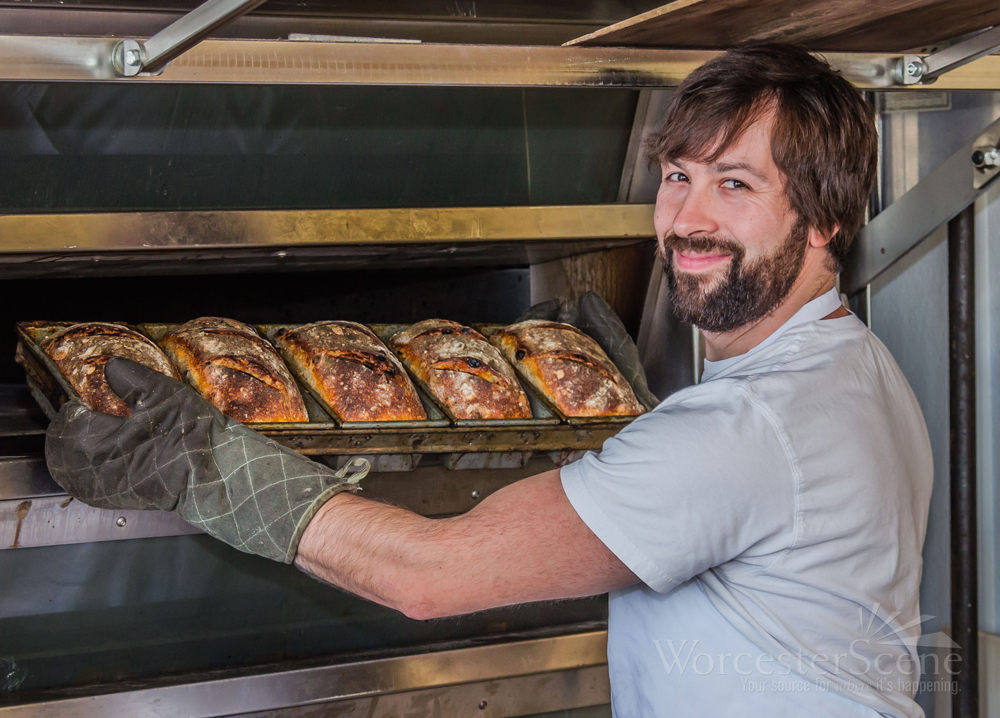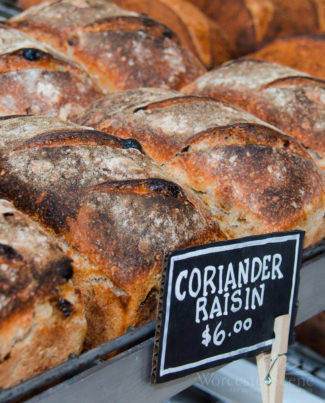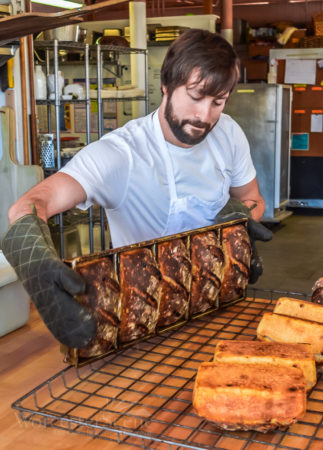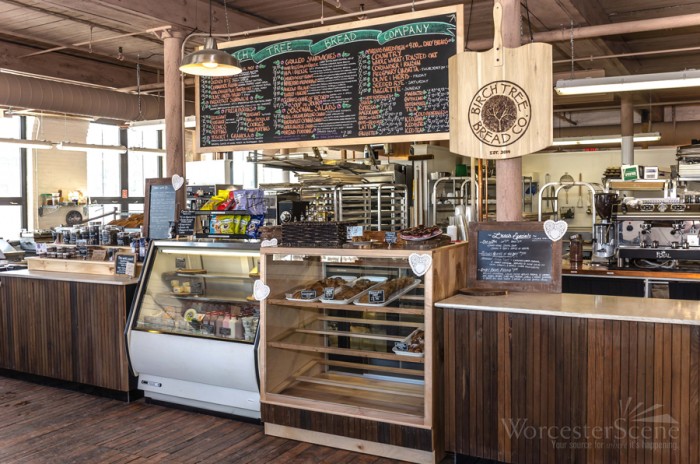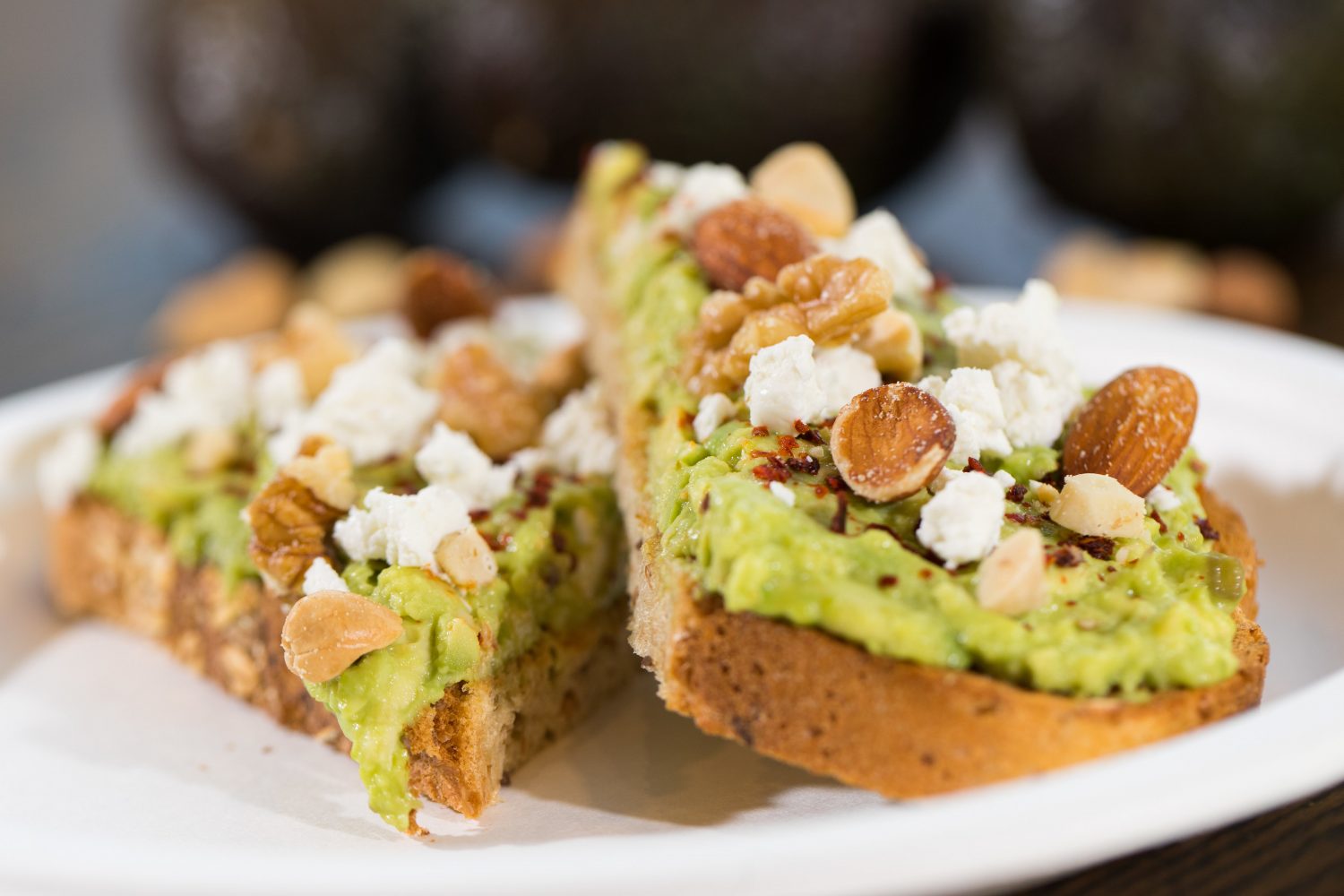

What comes to mind when you see the word “toast” on a menu? Five years ago I would have said a piece of white bread with butter (and maybe jam) on the peripheries of a classic breakfast meal. Today, toast is its own entity and it’s something I’m constantly on the lookout for. A simple piece of thickly sliced and toasted bread becomes a blank canvas for all of the toppings and aesthetics that make up an artisanal dish, and the options are endless.
Although toast might seem new, it’s been around for what seems like forever without gaining much attention, let alone trending on Instagram. A simple concept of adding avocado to tortillas dates back thousand of years to the Aztecs. The addition of avocado to toast occurred during the 1500’s with Spanish settlers in Mexico – at the time, avocados were accessible and inexpensive, which allowed for avocado toast to be a staple in Spanish culture. Unlike now, when avocado prices are rising and menu items at various restaurants tend to have an extra cost associated with adding avocado (or guacamole).
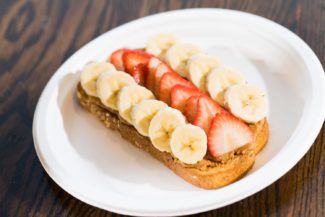
Toast has taken cafés and restaurants by storm not only for its tasty flavor combinations but also because of its nutrition spotlight. Starting with the base, common selections include freshly baked naturally leavened breads with minimal ingredients. Naturally leavened bread, especially sourdough, is not only easier for us to digest but also allows for more nutrients to be absorbed. Go for the whole grain option if you’re looking for a source of complex carbohydrates and fiber. Add healthy toppings from avocado and egg to homemade nut butter and fresh fruit. Try hummus and veggies or a variety of superfoods. You’ve got a buzzworthy menu item that is here to stay.
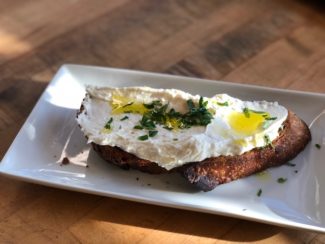
Another bonus: depending on what’s on your toast and how much of it you’re eating, toast can serve as a snack or a meal; it’s great for portion control (think open-faced sandwich – one slice of bread instead of two) and getting a variety of nutrients and flavors from different toppings. Lastly, it is a win for the indecisive; why choose sweet or savory when you could have both?
Central Mass toast options are on the rise – restaurants are bringing unique combinations and their own twists on a classic. You can find stand-alone menu options for toast at some cafés and bakeries, such as BirchTree Bread Company and STEAM Energy Cafe.
Avra Hoffman, co-owner of BirchTree Bread Company describes toast as “not only breakfast, but a perfect snack, a light lunch, a vehicle for carrying wholesome house-made toppings on and a way to keep things simple by returning to our roots of having toast with family.” Expect to find some creative combos from BirchTree Bread Company that focus on using local and seasonal ingredients, whenever possible. Their unique weekly specials created by Brittany, head pastry chef and graduate of the New Culinary Institute, even has its own hashtag (#brittanystoast.) If you follow the hashtag you can look back on some fan favorites, such as Taco toast or S’mores toast with homemade fluff.
Artisanal toast also shows up occasionally on brunch specials from restaurants such as Lock 50, in the form of open-faced steak and eggs; or at Armsby Abbey, which sources its naturally leavened and freshly baked breads from Crust Artisan Bakeshop. You’ll also find avocado toast, a trend within itself, as a hot menu item at local spots like Brew on the Grid and Nu Kitchen. You can stick with classic avocado toasts, like the one from Nu Kitchen, which has avocado, red pepper flakes, salt, and pepper; or mix it up with one from STEAM Café which builds on the classic and adds goat cheese and mixed nuts.
My prediction is that toast is here to stay. Expect this trend to grow and start showing up on more menus. Are you hooked on toast? If not, I think it’s only a matter of time…


